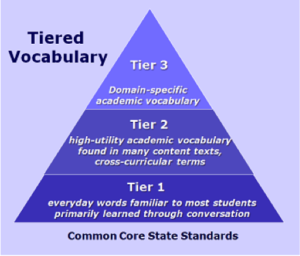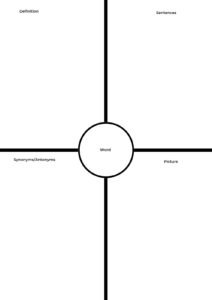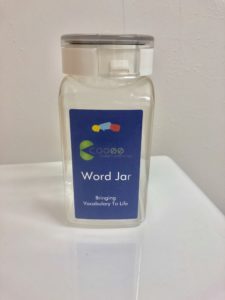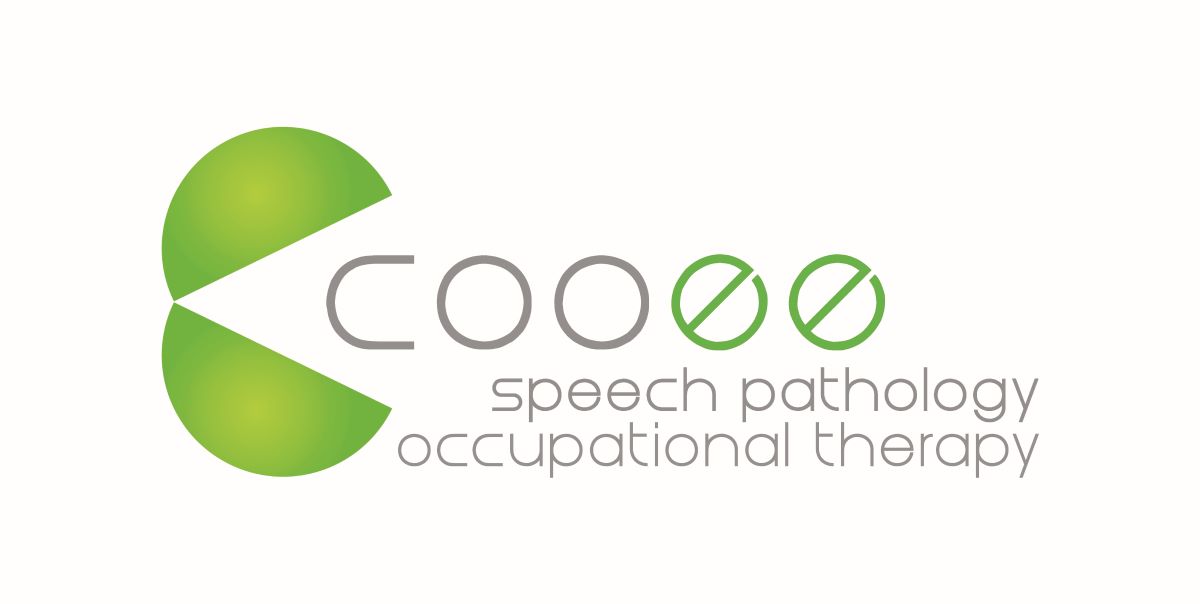How to teach vocabulary
Our North Brisbane Speech Pathologists are talking teaching vocabulary for specific content areas.

Vocabulary encompasses not only the knowledge of words and word meanings but when and how to use these words.
We learned last week that vocabulary matters and that we need to support our children to learn new words; but how do we know which words are important and need to be taught?
Vocabulary can be split into three tiers.

(The three-tier framework was developed by Isabel Beck, Margaret McKeown and Linda Kucan)
Tier 1: Common words
Tier 1 words include the everyday, familiar words that are easily understood and can be learned through exposure in conversation and everyday experiences. These are words that are part of most children’s vocabulary. Examples include house, cat, big, small, table, fun, party.
Tier 2: High-frequency words
Tier 2 words are frequently occurring words, which occur in academic texts across many different subject areas. These play an important role in understanding the information; not knowing what these words mean can impact comprehension and performance. Examples include justify, explain, expand, predict, summarise, maintain, compare, contrast, synthesise, combine.
Tier 3: Low frequency, domain specific words
Tier 3 words are words we don’t come across everyday. They are specialised, not seen regularly and are only required in their specific fields. These words are taught as needed for understanding in specific content areas. Examples include algorithm, binary, geometric, hyperbole, imperative.
Impacts for vocabulary instruction
Using the tier system, we can therefore further classify these words into:
1: Words already known
2: Words they should know
3: Words they could know
When selecting words for specific vocabulary instruction, using the tiers can help. A great starting point for selecting words to talk about is tier 2 words. Tier 2 words are words in the sentence that if you don’t know what it means or what it means in that context, it can change the way that sentence is understood.
For example in the following sentence, the bold word is the tier 2 word.
“King Kevin was a benevolent king.”
Without knowing what ‘benevolent’ means, the sentence cannot properly be understood.
How to teach new words
A powerful tool for teaching new words to children and students is The Four-Square Strategy. Using a piece of paper, draw a small circle in the middle, and then divide the page into 4 squares. In the center circle, write the word you are teaching. Write the following information about that word in the boxes:

Box 1: Top Left – Definition
This is where you add both a formal definition and the student’s own definition.
Box 2: Top Right – Sentences
This is where you and the student write sentences using that word.
Box 3: Bottom Left – Synonyms/Antonyms
In this box, using a thesaurus, add synonyms (words that are like the word) and/or antonyms (words that mean the opposite).
Box 4: Bottom right – Picture
The student draws a picture to represent the word.
The Four – Square Strategy can be used to teach both tier 2 and 3 words. Instruction should begin with unknown tier 2 words in books, textbooks and schoolwork.
Word Jars

A great way to know which words you need to help your child/student understand is when working together; write down any unknown words onto pieces of paper and pop it in a word jar. Once schoolwork is complete, choose a word from the jar and apply The Four-Square Strategy to help them to understand the word.
Check out Marion & Steph’s video on Facebook for more information about selecting vocabulary!
If your child needs further help comprehending and understanding written or verbal information, contact and chat to one of our friendly client care team today to see how we can help!
Contact us on phone 3265 4495 or via email at [email protected]
